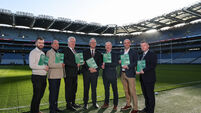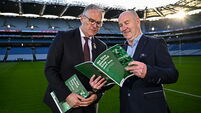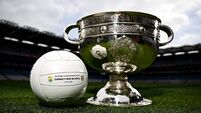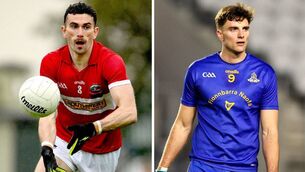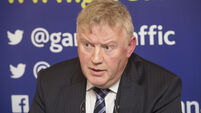County team reap rewards of ’big switch’

If you think the biggest change in Mayo over the last five years has been the style of football they have adopted, then think again. The shift from open free-flowing stylish football to a more scientific stats based approach is just one side-effect of many following the greatest transfer of strongholds the county has ever seen.
From 1995 to 2007 only one team outside Ballina, Crossmolina and Knockmore won a county senior title. It was the latest period of dominance that triumvirate held over the county since 1888. And with 54 of the 111 county championships contested ending up in the home of football that was North Mayo, those all-conquering periods came regularly.







